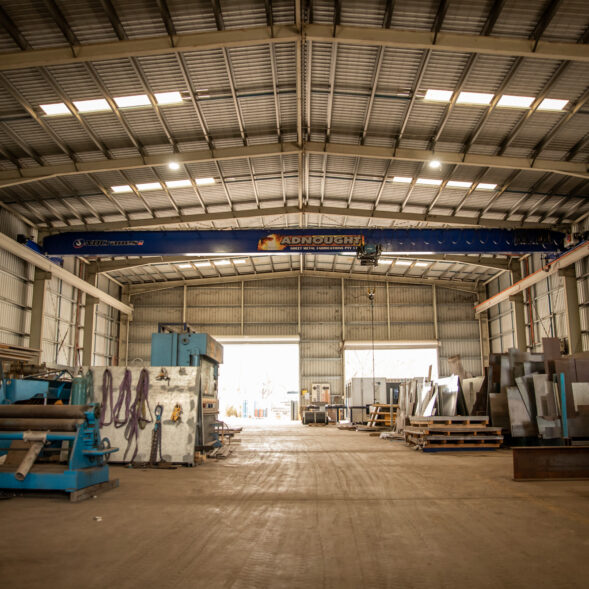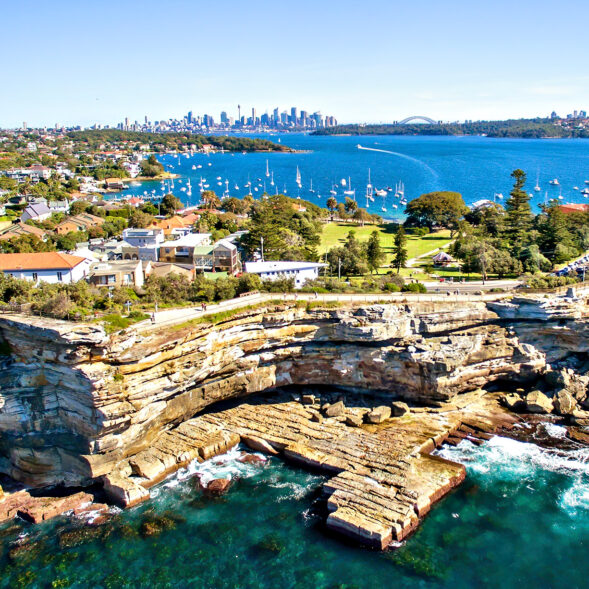After last year’s flat spring, it’s pleasing to see an increase in residential activity over the past several weeks, particularly in metropolitan cities. More transactions and listings feel like we are returning to a more traditional “selling season”.
Overall stock levels still appear to be below long-term averages but the spring injection of new properties for sale coupled with other market factors is creating more balance between demand and supply nationally, resulting in a slowing in price growth in several markets. Those other market factors include continued cost of living pressure resulting in poor consumer sentiment and reduced spending, and in November we can add an RBA which has not have finished with their rate hikes for this cycle.
A notable exception is Perth which is still seeing strong price growth as the local market encounters low stock levels, strong employment prospects and underlying wealth from elevated mining activity in particular. There are also a number of notable prestige transactions that have recently occurred in spring which, once known by the wider market, could potentially fuel further fear of missing out activity at the upper end of the market.
A traditional lead indicator of market direction is the residential prestige market. Historically, when the prestige market has been shaken, slowed or has dropped, it has often been a sign of things to come for the wider market. In this cycle it appears the prestige market may trail then lead with greater resilience to those same negative factors.
While the $5 million to $10 million markets in Sydney and Melbourne may track more closely to the rest of the market, including the impacts of contractionary market factors noted above, the $10 million plus and prestige markets across other capital cities are still seeing strong demand coming up against limited stock.
Across the east coast, well-financed local, overseas (and transitioning) purchasers as well as those whose relatively recent financial success, such as in start-ups or crypto currency, are also presenting a younger purchaser to create a broad and cashed up demand pool.
In other markets such as Adelaide and Perth there is less overseas interest compared to the east coast but there is a relativity of what you can get for your prestige buck that is seemingly attractive to a returning resident or interstate mover.
A continuing challenge for policy makers in the wider property market is that, while slowing, it is still generally behaving counter to general economic sentiment. The lifting of interest rates and resultant property price downturn throughout 2022 was more in line with the desired intent of policy changes. A property market recovery in the face of increasing costs to service mortgages and sticky inflation may test how far the RBA is willing to push Australia’s, so far, resilient property owners.
For the prestige market, the traditional market levers that put downward pressure on prices don’t appear to be having the same impact. A potential credit crunch that could close the gate on available capital could instigate a shift in the prestige market but as of today, that doesn’t look likely.
Ben Esau









